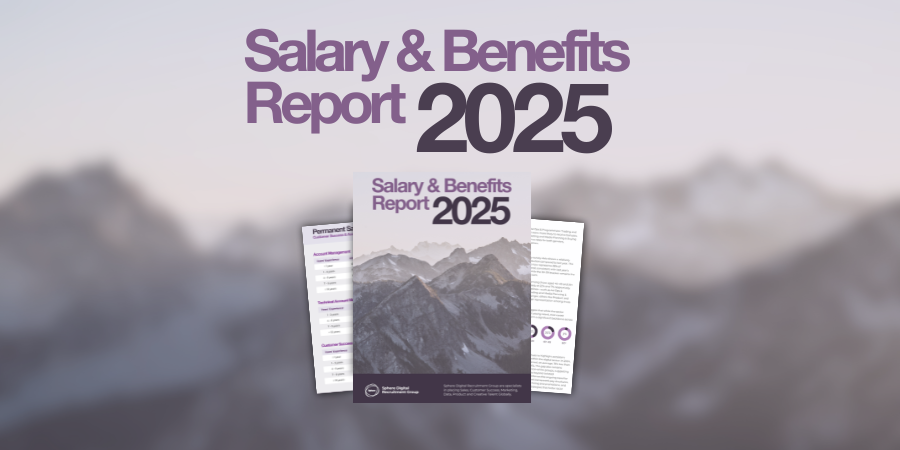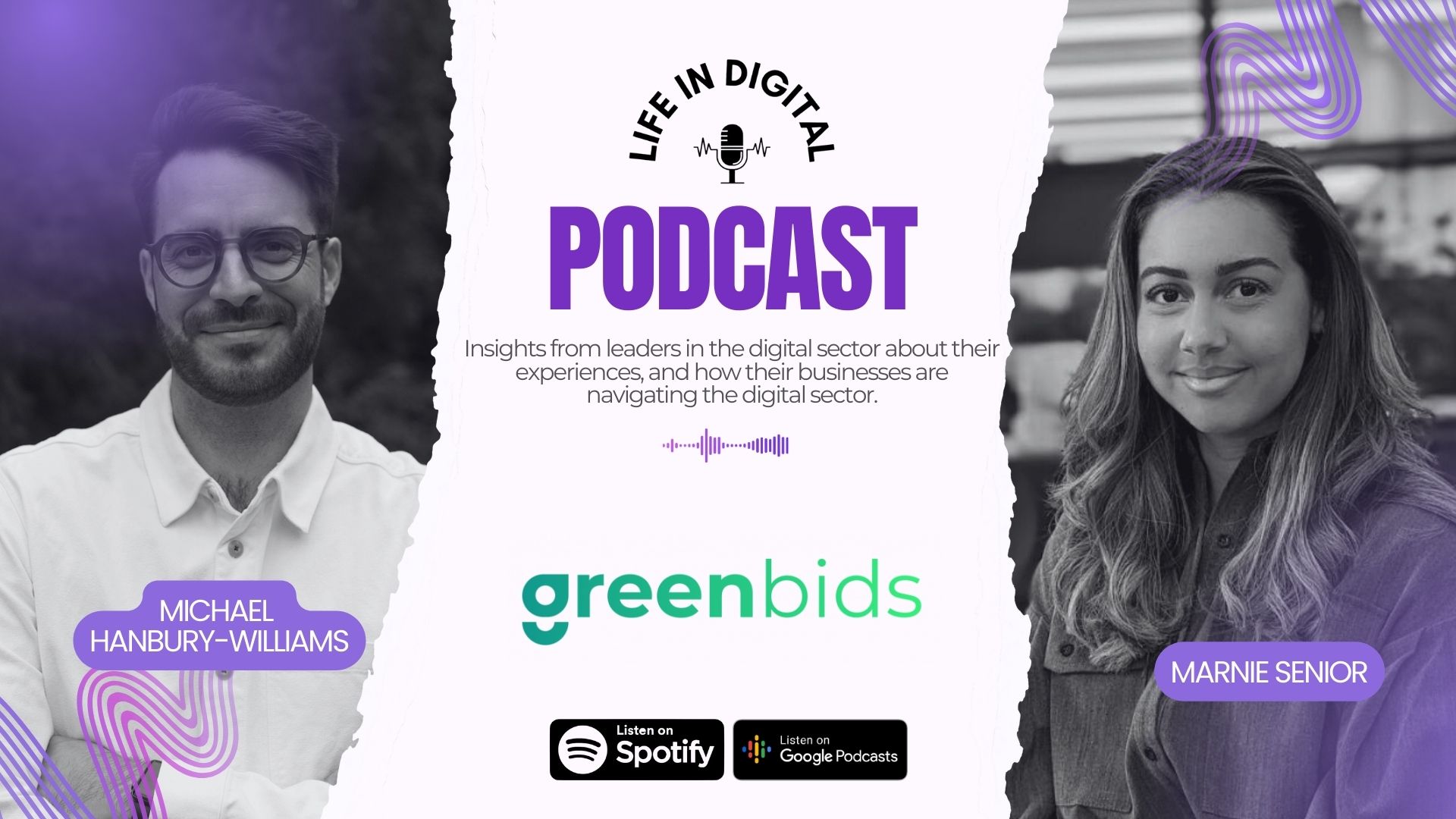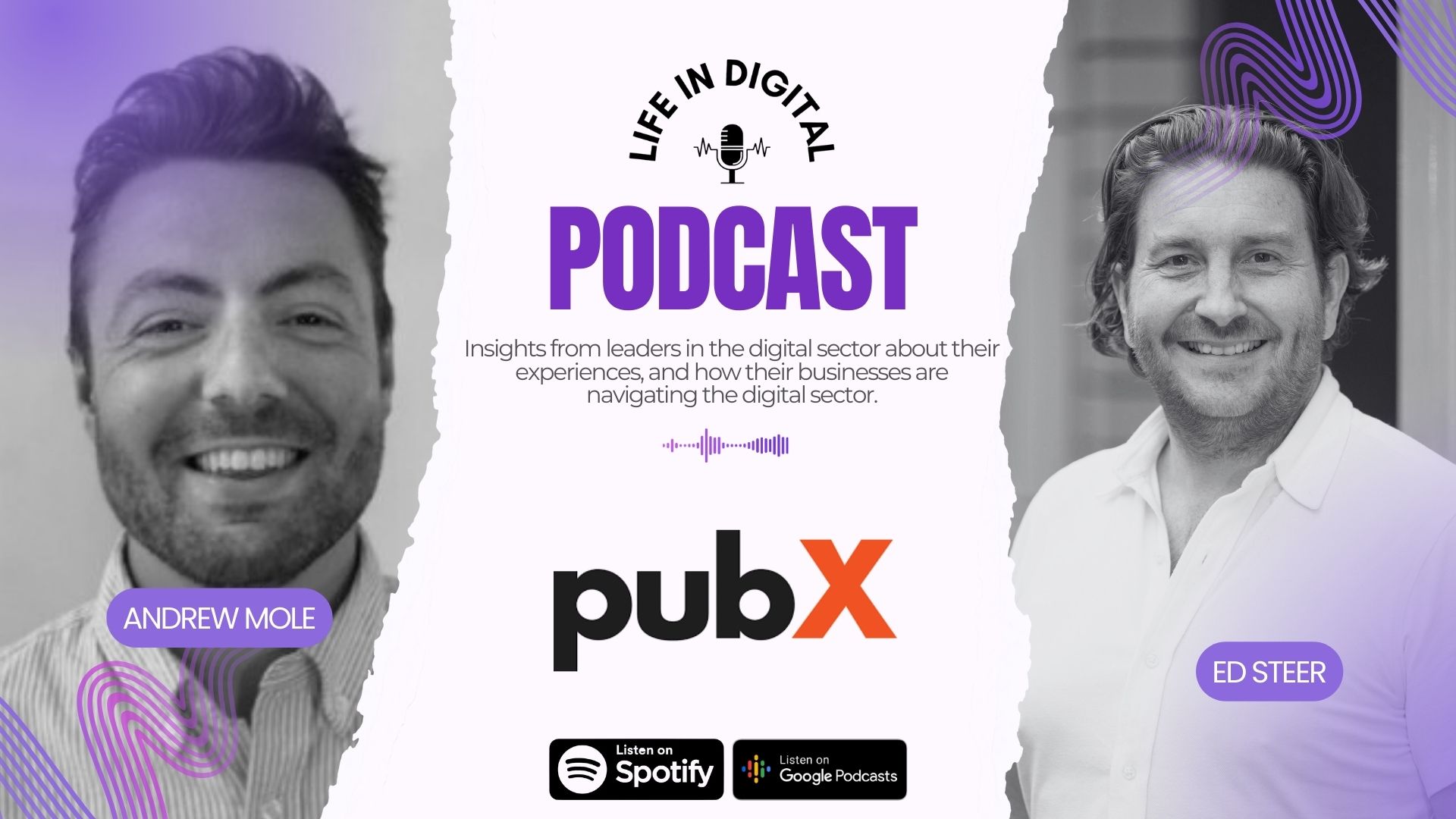
Exploring the future of high-impact advertising with Adnami MD, James Upson
10 May, 2023The world of adtech is evolving at a rate of knots. Creativity, attention, and sustainability are just some of the buzzwords this year, but what do they mean for publishers and advertisers?
In our latest Life in Digital episode, we spoke to James Upson, managing director of Copenhagen-based global ad tech agency Adnami, who oversees UK operations and is also working on launching the business in the Netherlands later this year.
How high-impact creatives drive attention: the lowdown from Adnami’s James Upson
James has over 15 years’ experience in digital media, having worked at companies of various sizes. But he particularly loves the challenge of building up a team in a startup environment, which was a key factor - alongside the technology and leadership team - in joining Adnami at the end of 2022.
This year, he hopes to grow the company’s presence by leveraging the strength of innovative, high-impact, creative advertising. So we asked: why are high-impact formats making waves right now?
Open web: the perfect landscape for high-impact advertising
“The publisher space has gone through an interesting journey over the last decade,” James says. “Larger publishers have experimented with walled gardens, while others have opted to scatter advertising across a wide range of content.”
Meanwhile, there’s been a shift towards adopting an attention-based approach to advertising and measurement. “But alongside that, there’s also been a call for transparency, creativity and exploration beyond what the industry has been used to for the last five years.”
Speaking to brands and agencies, James can see there is still a massive focus on the quality of news, and he believes that high-impact ads can foster better journalism. As publishers weigh up the different options for monetising their content, they should consider high-impact advertising as it offers a high-yield, attractive format that provides a better user experience. “The ROI alone proves its value,” says James.
According to James, the open web is a virtually limitless environment for high-impact advertising. “It’s fascinating seeing what’s popular in Denmark, versus the UK, versus Germany. We can get a really good flavour of which formats resonate from a user perspective.” He predicts that high-impact advertising will continue evolving, as platforms like Adnami work with publishers to create bespoke formats tailored to their sites and their audiences.
The future of high-impact creatives
Ad tech has advanced at an astonishing rate over the past few years. “From a creative perspective, things have advanced massively,” says James. “What we’re capable of doing now with publisher partners, both on desktop and mobile, has evolved quite a lot.”
Since attention metrics are now at the forefront of the media plan, the creative, high-impact formats being developed today are ideal, as by their very nature, they drive real attention.
Alongside the high-impact formats themselves, platforms like Adnami also support the mechanics of how inventory is traded, including helping advertisers shift to programmatic. “For instance, we can now trade non-standard display inventory, such as high-impact imagery, at scale, with the added ability to adapt creative assets in real time.”
This type of programmatic delivery, James emphasises, boosts performance and ROI - both in terms of operational efficiency and media value. “It provides control and transparency by trimming a lot of the fat in the supply chain, since brands and publishers have access to direct transactions.”
Building a sustainable ad ecosystem
Another topic under the spotlight is sustainability, which we also discussed recently with Harvin Gupta of Scope3. James believes platforms like Adnami have a positive impact on the sustainability of advertising, given their strong emphasis on efficiency in the supply chain.
“We’re currently partnering with adaptive streaming platform SeenThis to really understand things like delivery of video and how we can scale that efficiently from a sustainability perspective,” says James. This is likely to be an ongoing narrative in the industry over the coming years, while companies work out how best to make the ecosystem more sustainable.
High-impact ads also have the potential to help move revenue away from walled gardens and spread global spending around the open web. And it’s in this area where James sees a lot of opportunity for brands and publishers.
“When you look at the usage and time spent on the open web, and compare that with investment numbers, there’s certainly still a mismatch. It’s like the conversation people were having five to ten years ago around investing in mobile, versus usage. There is still a discrepancy, and that’s good news for adtech.”
To find out more about how to leverage high-impact formats, visit www.adnami.io.
James Upson: www.linkedin.com/in/jrupson/
Sphere Digital Recruitment are specialists in placing marketing, sales, analytics, product and creative talent globally. Each episode, the Life in Digital podcast speaks to leaders in the digital sector about their expertise, their experiences and how their businesses are navigating the current digital landscape climate. Join our hosts Ed Steer and Dan Bolter every two weeks to be part of the conversation.
The Life in Digital podcast is brought to you in partnership with The Digital Voice, a much-loved B2B AdTech PR agency who are ready to bring your voice to life with PR, marketing, events, content, and much more. Looking to amplify your brand’s voice? Look no further than The Digital Voice. Visit www.thedigitalvoice.co.uk to find out more.



